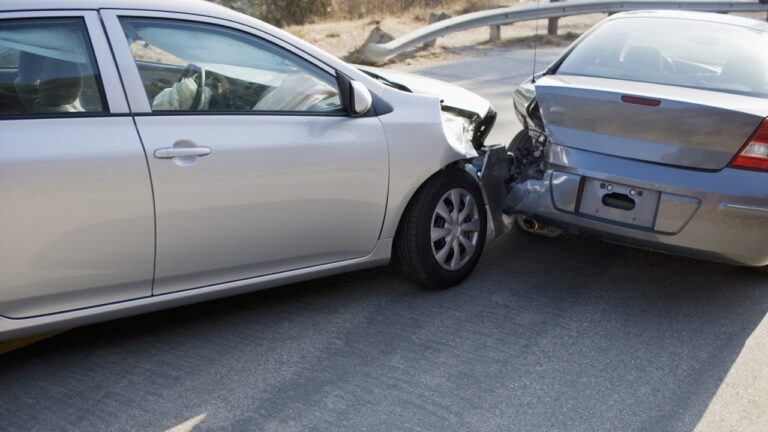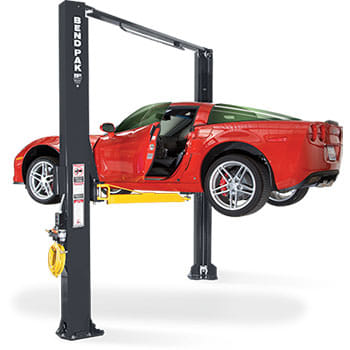No-Fault Insurance State Differences also known as personal injury protection (PIP) or no-fault car insurance, is a type of auto insurance system that differs from traditional fault-based insurance. It is designed to provide more efficient and faster compensation for medical expenses and other damages resulting from car accidents, regardless of who was at fault for the accident. The specific details of no-fault insurance can vary significantly from one state to another in the United States, as each state has its own laws and regulations governing this type of coverage. Here’s an overview of how no-fault insurance works and how it differs by state:
Basic Principles of No-Fault Insurance:
- Personal Injury Protection (PIP): No-fault insurance typically includes a coverage component called Personal Injury Protection (PIP). PIP covers medical expenses, lost wages, and sometimes other costs such as funeral expenses and essential services.
- No-Fault Threshold: In many no-fault states, there is a threshold that must be met before a person can sue the at-fault party for additional damages. This threshold is typically related to the severity of injuries sustained in the accident.
How No-Fault Differs by State:
Threshold Levels
States with no-fault insurance have different thresholds that must be met before an injured party can file a lawsuit against the at-fault driver. These thresholds vary by state and can be categorized into three main types:
- Verbal Threshold: In states with a verbal threshold, the injured party can only sue for non-economic damages (such as pain and suffering) if their injuries meet certain criteria specified in the insurance policy or state law. This criteria typically includes the severity or permanence of injuries.
- Monetary Threshold: Some states have a monetary threshold, which means a lawsuit can only be filed if the medical expenses exceed a certain dollar amount.
- No Threshold (Pure No-Fault): A few states have a pure no-fault system where injured parties are generally restricted from suing at-fault drivers for non-economic damages regardless of the severity of their injuries.
PIP Coverage Limits
The amount of PIP coverage and its specific provisions can vary significantly between states. Some states require higher PIP coverage limits than others.
Tort Option
In some no-fault states, drivers have the option to select between traditional fault-based insurance or no-fault insurance. This choice can affect their ability to sue and be sued after an accident.
Additional Benefits
Some states may offer additional benefits as part of their no-fault insurance, such as coverage for lost services, essential services, or survivors’ benefits for fatal accidents.
No-Fault vs. Traditional Insurance
- In a traditional fault-based insurance system, the at-fault driver’s insurance company is responsible for paying the medical expenses and other damages of the innocent party.
- In a no-fault system, each party’s own insurance company covers their expenses, regardless of fault. This can lead to faster claims processing and reduced litigation but may limit the ability to sue for non-economic damages.
Conclusion on No-Fault Insurance State Differences
It’s essential to understand your state’s specific laws and regulations regarding no-fault insurance, as they can have a significant impact on how you are compensated after a car accident. If you have questions about your auto insurance coverage or the laws in your state, it’s a good idea to consult with an insurance professional or legal expert who specializes in personal injury law.





